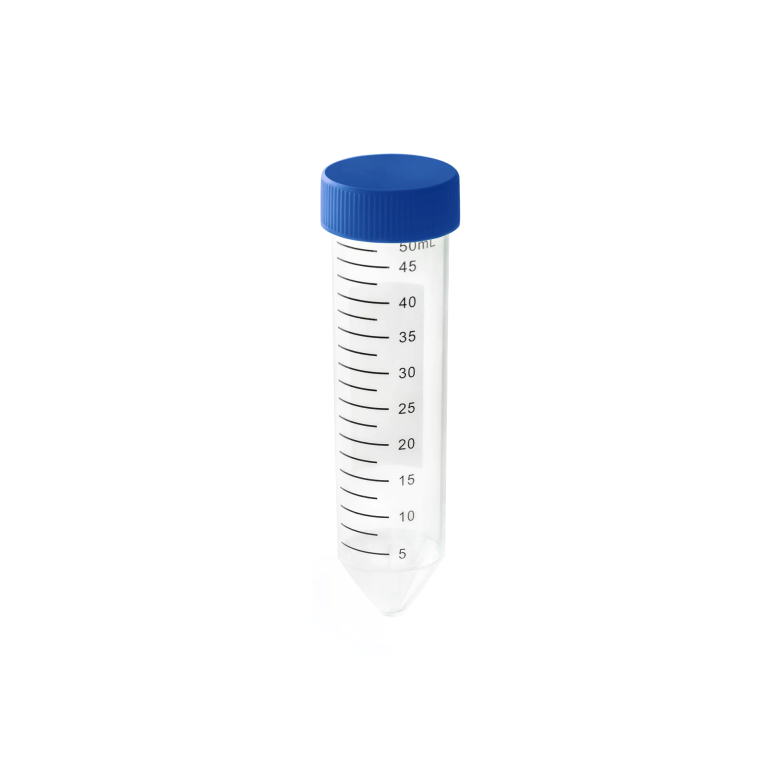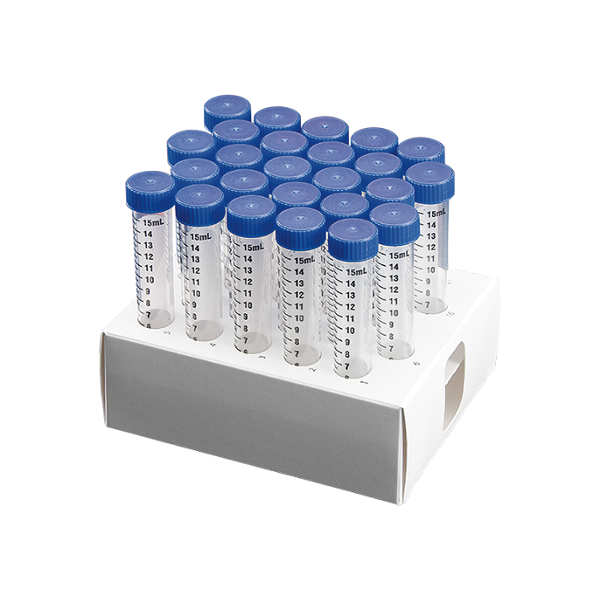HPLC vials come in a variety of colors, including:
– Clear/Colorless – The most common type. Allows visual inspection of contents. Made from glass or plastic.
– Amber – Protects contents from light to prevent sample degradation. Often used for light-sensitive compounds. Glass or plastic.
– Black – Completely opaque to protect from light. Used for very photosensitive materials.
– White – Opaque and reflective to protect from light. Alternative to amber and black.
– Blue – Some autosampler vials are blue or have a blue insert to help distinguish standards from samples.
– Red – May indicate vials used for waste or hazardous materials.- Green – Sometimes used for sample vials to distinguish from clear standards.
– Assorted colors – Fraction collector vials may be different colors to easily track separated fractions.
The clarity or color helps serve different purposes in HPLC analysis. Clear is good for general use, while colored vials protect light-sensitive samples. The colors are often standardized for particular applications or labs. Proper vial color selection helps ensure sample integrity and lab organization.


